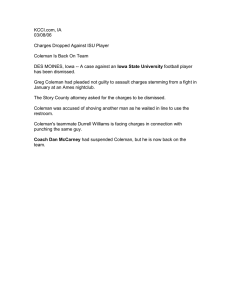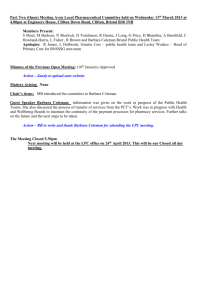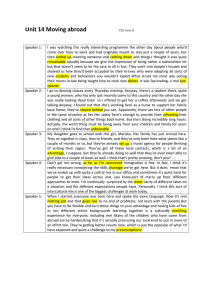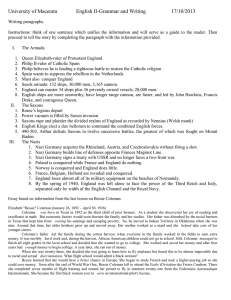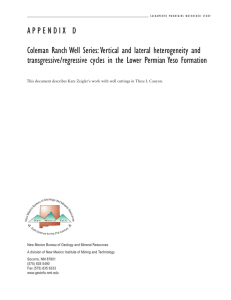MAPS Summary September - October 2003
advertisement
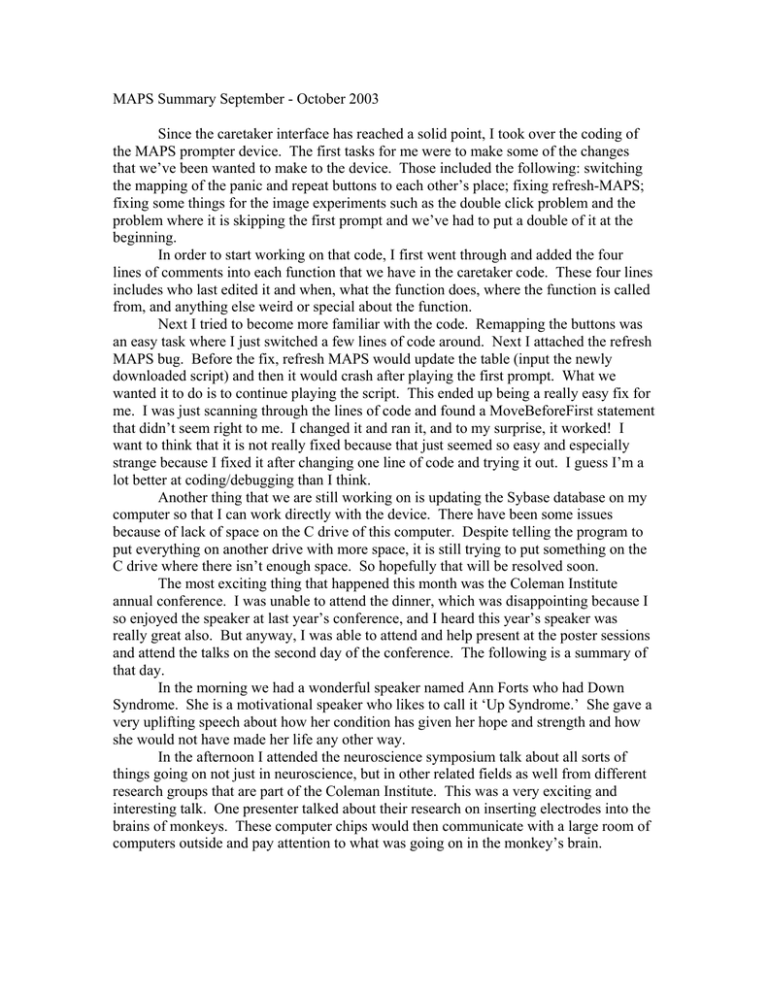
MAPS Summary September - October 2003 Since the caretaker interface has reached a solid point, I took over the coding of the MAPS prompter device. The first tasks for me were to make some of the changes that we’ve been wanted to make to the device. Those included the following: switching the mapping of the panic and repeat buttons to each other’s place; fixing refresh-MAPS; fixing some things for the image experiments such as the double click problem and the problem where it is skipping the first prompt and we’ve had to put a double of it at the beginning. In order to start working on that code, I first went through and added the four lines of comments into each function that we have in the caretaker code. These four lines includes who last edited it and when, what the function does, where the function is called from, and anything else weird or special about the function. Next I tried to become more familiar with the code. Remapping the buttons was an easy task where I just switched a few lines of code around. Next I attached the refresh MAPS bug. Before the fix, refresh MAPS would update the table (input the newly downloaded script) and then it would crash after playing the first prompt. What we wanted it to do is to continue playing the script. This ended up being a really easy fix for me. I was just scanning through the lines of code and found a MoveBeforeFirst statement that didn’t seem right to me. I changed it and ran it, and to my surprise, it worked! I want to think that it is not really fixed because that just seemed so easy and especially strange because I fixed it after changing one line of code and trying it out. I guess I’m a lot better at coding/debugging than I think. Another thing that we are still working on is updating the Sybase database on my computer so that I can work directly with the device. There have been some issues because of lack of space on the C drive of this computer. Despite telling the program to put everything on another drive with more space, it is still trying to put something on the C drive where there isn’t enough space. So hopefully that will be resolved soon. The most exciting thing that happened this month was the Coleman Institute annual conference. I was unable to attend the dinner, which was disappointing because I so enjoyed the speaker at last year’s conference, and I heard this year’s speaker was really great also. But anyway, I was able to attend and help present at the poster sessions and attend the talks on the second day of the conference. The following is a summary of that day. In the morning we had a wonderful speaker named Ann Forts who had Down Syndrome. She is a motivational speaker who likes to call it ‘Up Syndrome.’ She gave a very uplifting speech about how her condition has given her hope and strength and how she would not have made her life any other way. In the afternoon I attended the neuroscience symposium talk about all sorts of things going on not just in neuroscience, but in other related fields as well from different research groups that are part of the Coleman Institute. This was a very exciting and interesting talk. One presenter talked about their research on inserting electrodes into the brains of monkeys. These computer chips would then communicate with a large room of computers outside and pay attention to what was going on in the monkey’s brain. Another presenter talked about research they were doing where they had inserted some sort of computer chip in to paralyzed patient’s brains and the patients were able to move a mouse on a computer screen with their mind! That was very cool! Stefan and I then presented MAPS at the poster session. It was very impressive that probably close to half of the posters there were from our lab at L3D on the various projects that Clever is working on. AbleLink had a table set up next to ours and we were able to share our progress with them and they theirs with us. It was interesting because in a lot of respects, both of our groups have come to many of the same conclusions independently. Again, many people were impressed with the MAPS system, including Bill Coleman, who congratulated me on my work on the caretaker interface. Having had some experience presenting at the RESNA conference this summer, I felt much more comfortable talking about our system. There was a lot of interest in the MANTIS related part of our project as it relates to tracking a person with the device rather than just sending someone blindly into the world. I also got to have a wonderful lunch conversation with Erica, the Cognitive Psychology Grad student that has been working with Stefan on the image experiment. Talking with her about all sorts of things from the Coleman stuff to Philosophy, I was again reminded how much I love working with all these really smart people and getting to have all sorts of intellectual conversations with people who have similar views as me. So again, overall, the Coleman conference was a great experience for me.

